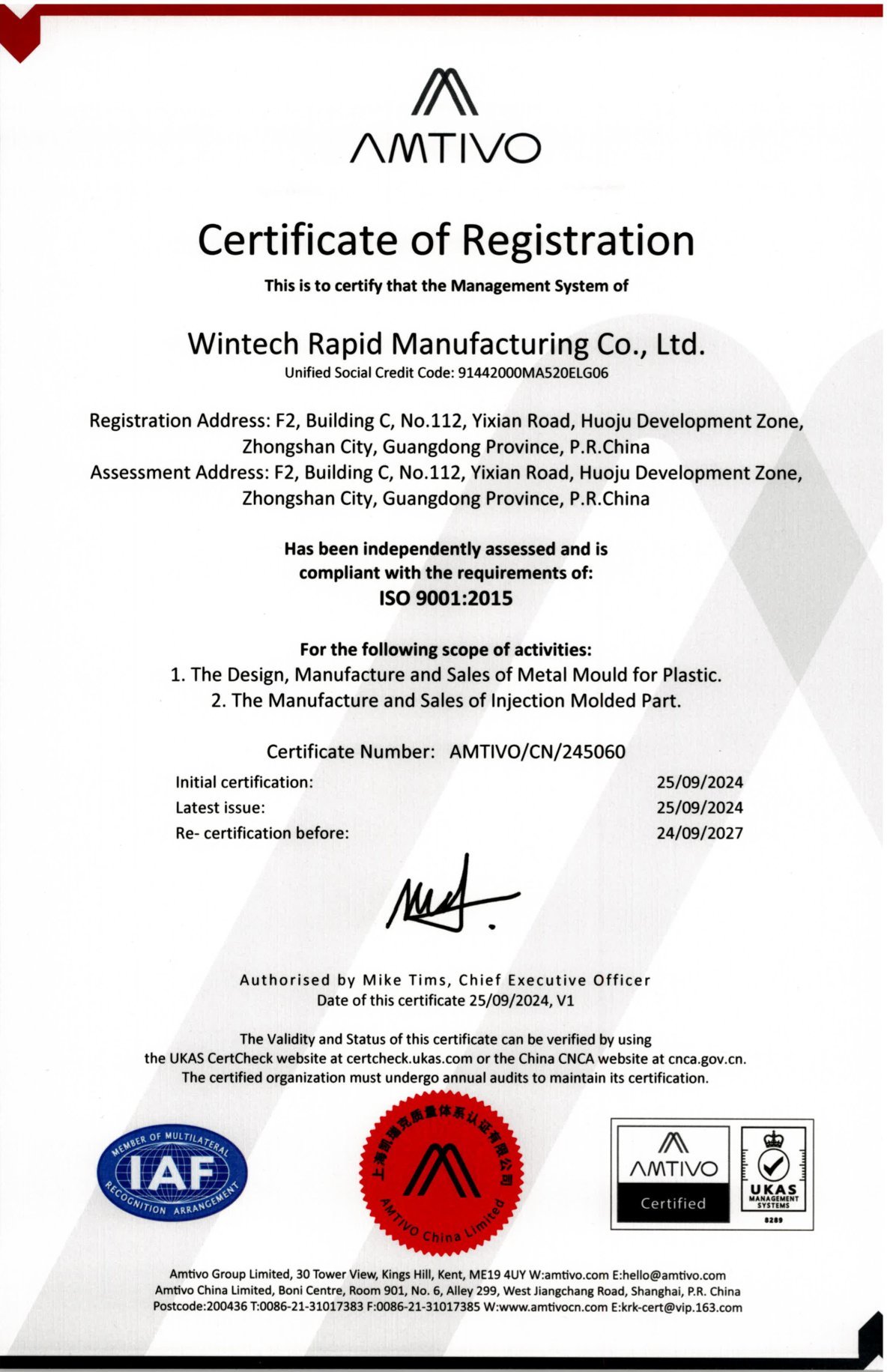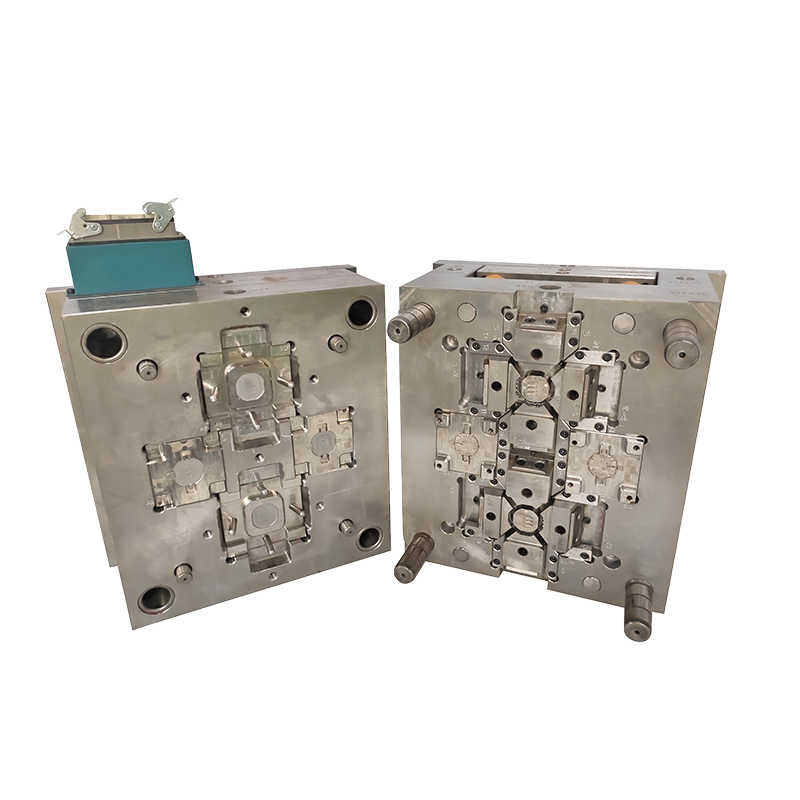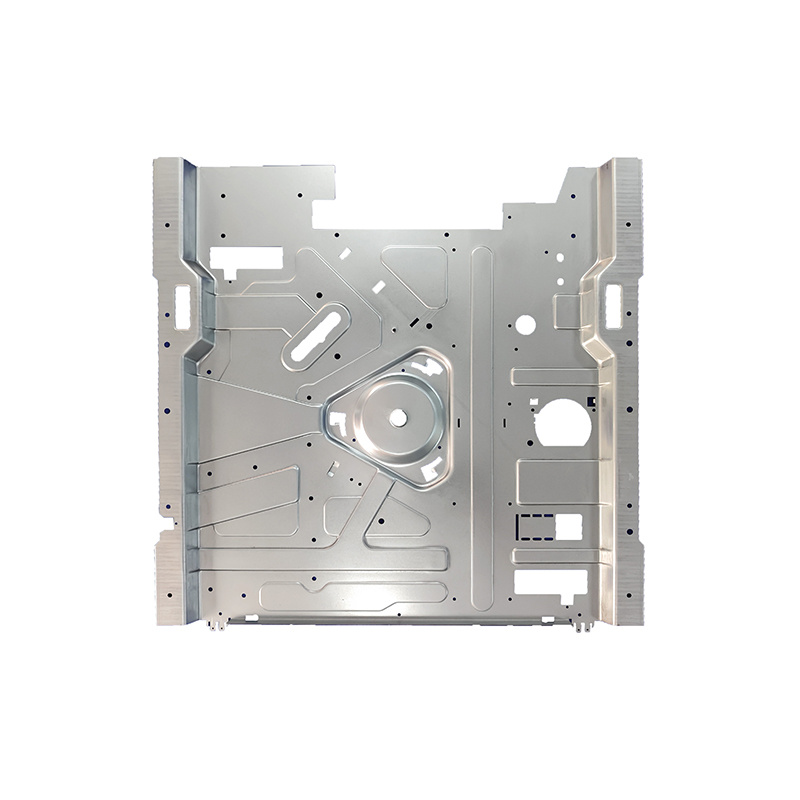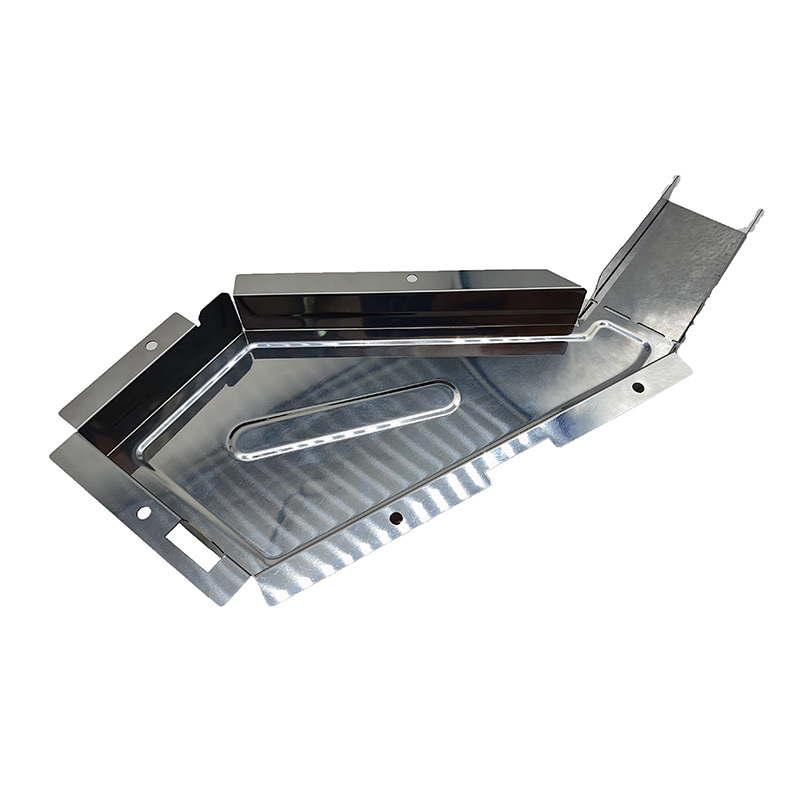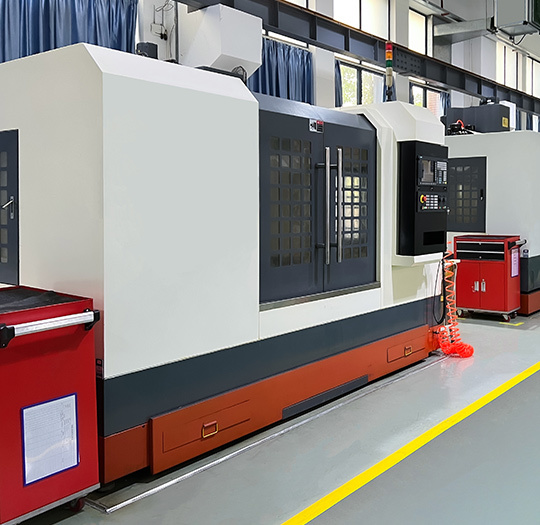The Future of Automotive Plastic Molding: Innovations in Manufacturing
Time:
2025-04-17 10:20
Source:
Automotive plastic molding plays a pivotal role in the manufacturing of vehicle components, providing a lightweight, durable, and cost-effective alternative to traditional materials. This process involves shaping plastic into various forms, allowing manufacturers to produce intricate parts that meet the stringent requirements of the automotive sector.
One of the primary benefits of automotive plastic molding is its ability to reduce the overall weight of vehicles. Lighter vehicles are not only more fuel-efficient but also contribute to lower emissions, aligning with the industry's shift towards sustainability. By substituting metal components with plastic parts, manufacturers can significantly enhance the efficiency of their vehicles without compromising safety or performance.
Furthermore, the versatility of plastic molding enables the production of complex geometries that would be challenging to achieve with metal. This capability allows for innovative designs that can enhance both the aesthetics and functionality of automotive products. For example, intricate dashboard components, lightweight body panels, and even under-the-hood parts can be efficiently molded using advanced techniques.
In recent years, advancements in materials science have led to the development of high-performance plastics that exhibit properties such as increased heat resistance, improved mechanical strength, and better chemical resistance. These materials are particularly important in automotive applications where components are exposed to harsh conditions. For instance, engine covers and fuel system components benefit from materials that withstand high temperatures and corrosive environments.
Additionally, the automotive plastic molding process is continually evolving with the integration of technology. The introduction of automation and smart manufacturing techniques is streamlining production, reducing lead times, and enhancing precision. This shift not only increases efficiency but also allows for customization at scale, enabling manufacturers to respond quickly to market demands.
Moreover, sustainability is becoming a driving force in the automotive industry. The use of recycled plastics in automotive plastic molding is gaining traction, as manufacturers seek to minimize waste and reduce their carbon footprint. Innovative recycling processes are being developed to ensure that plastic waste can be transformed into high-quality materials suitable for automotive applications.
In conclusion, automotive plastic molding is at the forefront of the manufacturing sector, providing solutions that not only meet the demands of modern vehicles but also contribute to a more sustainable future. As technology continues to advance and new materials emerge, the possibilities within this field are expanding, paving the way for a new generation of automotive design and manufacturing. Embracing these innovations will be crucial for staying competitive in an ever-evolving industry.
One of the primary benefits of automotive plastic molding is its ability to reduce the overall weight of vehicles. Lighter vehicles are not only more fuel-efficient but also contribute to lower emissions, aligning with the industry's shift towards sustainability. By substituting metal components with plastic parts, manufacturers can significantly enhance the efficiency of their vehicles without compromising safety or performance.
Furthermore, the versatility of plastic molding enables the production of complex geometries that would be challenging to achieve with metal. This capability allows for innovative designs that can enhance both the aesthetics and functionality of automotive products. For example, intricate dashboard components, lightweight body panels, and even under-the-hood parts can be efficiently molded using advanced techniques.
In recent years, advancements in materials science have led to the development of high-performance plastics that exhibit properties such as increased heat resistance, improved mechanical strength, and better chemical resistance. These materials are particularly important in automotive applications where components are exposed to harsh conditions. For instance, engine covers and fuel system components benefit from materials that withstand high temperatures and corrosive environments.
Additionally, the automotive plastic molding process is continually evolving with the integration of technology. The introduction of automation and smart manufacturing techniques is streamlining production, reducing lead times, and enhancing precision. This shift not only increases efficiency but also allows for customization at scale, enabling manufacturers to respond quickly to market demands.
Moreover, sustainability is becoming a driving force in the automotive industry. The use of recycled plastics in automotive plastic molding is gaining traction, as manufacturers seek to minimize waste and reduce their carbon footprint. Innovative recycling processes are being developed to ensure that plastic waste can be transformed into high-quality materials suitable for automotive applications.
In conclusion, automotive plastic molding is at the forefront of the manufacturing sector, providing solutions that not only meet the demands of modern vehicles but also contribute to a more sustainable future. As technology continues to advance and new materials emerge, the possibilities within this field are expanding, paving the way for a new generation of automotive design and manufacturing. Embracing these innovations will be crucial for staying competitive in an ever-evolving industry.
automotive plastic molding
Related news
2024-11-15



